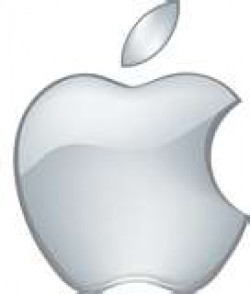Steve Jobs was one of the world’s most admired business leaders, and for a reason. The i-product family created by his vision has been a huge success for Apple, brought about entirely new product categories and even improved people’s quality of life by their ease of use. As a product visionary Jobs was in a category of his own. As a business strategy, however, Apple’s core strategy only worked roughly one time out of two.
With iPod, iPad and iPhone the strategy was a huge success. In its core is the product itself: a superior user experience, high quality design, a reasonably stable performance for an IT product, and a very uncluttered product line. The other core of the strategy is Apple’s absolute control. Apps and music can only be loaded from Apple’s own store, at least without any violence to the product. For a long time the iPhone could only be bought locked to a given operator and a long term, not so favorable contract. This level of control is clearly more to Apple’s advantage than the consumers’, but it was put up with as part of the package that was still more desirable than what the competition offered.
The same strategy however failed two decades earlier with personal computers. Also then Apple had a superior product; the graphic user interface of the Macintosh computers was from a different world than the the command based operation systems of the PC machines. Apple’s products had also then a high quality design and a simple product line. In user experience the company was 10 years ahead of the competition.
Maintaining control was also a central part of the strategy even back then. The operating system could only be used in the Apple machines, and the company controlled what third party software could be used. As a whole the strategy did not work. Microsoft took practically the entire operating systems market with a much inferior product, and Apple was relegated to the margin for years. One major reason was the closed system it wanted to operate.
Why did the same strategy, that failed in the 1980’s, succeed in the new millennium? One reason may be that consumers now have much more say, and the user experience is more important even in the corporate world than it was. On the other hand, the tolerance threshold for one company’s desire to control may not have increased, at least not.
A crucial element is how the strategy fits in the environment and the market, and that is often impossible to predict with any reliability. Often success is determined by outside factors, the effect of which cannot be determined in advance. Duncan J. Watts, Everything Is Obvious Once You Know The Answer, provides other examples of strategies that were valid in themselves and could have worked well but still didn’t work. Even the beta video had all the prerequisites to succeed. In many cases, success or lack thereof is determined by external factors whose impact cannot be known in advance.
The was no guarantee that Apple’s strategy would work on the second time around either, but it did. However, because it succeeded, Apple’s strategy is generally considered ingenious. The phenomenon is referred to as the halo effect, which means that performance is judged by its outcome, regardless of how much the outcome was influenced by other external factors.
As a result, Apple’s strategic halo is now brighter than anyone else’s in the business. It will be interesting to see how bright the scope of Nokia’s Windows strategy becomes. For someone like Nokia, it is still impossible to say whether its Windows strategy will work, but after a few years, everyone will likely have a very clear view of why it was brilliant insane (strike the unnecessary option).
Published in Kauppalehti.fi 2.12.2012




